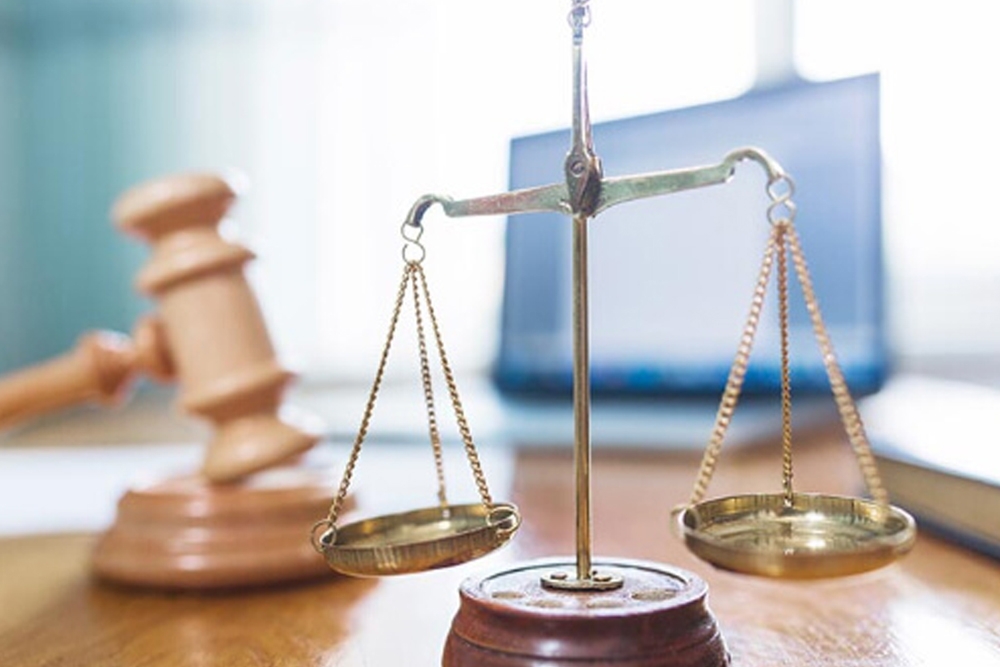Liens in Chapter 7 Bankruptcy

A common saying in Chapter 7 bankruptcy is “secured items must be paid for or returned.” This general rule applies to items that are secured and perfected with a lien. In truth, there are several ways to deal with a secured item in Chapter 7 bankruptcy.
What is a Lien?
A lien is created when a borrower pledges collateral to guarantee payment of a debt. Simply, if the borrower does not pay, the creditor can take and sell the collateral to try to recoup losses. The most familiar type of lien is a car loan scenario. The creditor loans the borrower money to purchase the car, then takes a lien against the car. If the borrower defaults on the car loan, the creditor repossesses the car.
A lien only applies to the pledged collateral and is separate from the personal obligation to pay the debt. That is why when the creditor repossesses the car, the debt is not satisfied. Attorneys call the personal obligation to pay a debt an “in personam” obligation, and the lien on property an “in rem” attachment.
How Chapter 7 Affects Liens
Chapter 7 bankruptcy discharges a debtor’s in personam obligation on the debt. A discharged debt is unenforceable against the debtor; however the in rem lien remains. After discharge a creditor may repossess collateral, but cannot seek payment from the debtor.
Keeping Collateral in Chapter 7
Chapter 7 offers three options to keep collateral: reaffirmation, redemption, and lien avoidance. In reaffirmation, the debtor agrees that the personal obligation to pay the debt will continue after bankruptcy and the creditor agrees to not repossess the collateral. A debtor may choose to redeem personal property and pay the creditor the fair market value in exchange for releasing the lien. Most courts require the debtor to pay the redemption in a lump sum. A debtor may also avoid a lien on household items, if the debtor owned the items when the lien was created and is able to exempt the property in bankruptcy.
Ride through, a fourth possibility, may also exist as an option. Ride through refers to a debtor continuing to pay the original note without reaffirming the personal obligation. The debt is discharged, but the creditor cannot repossess because the debtor is current with his or her payments. This option only exists when state law prohibits repossession without a default or other breach of contract. A lien without an enforceable debt is called a non-recourse debt, because the creditor has no recourse against the debtor after default.
Perfecting a Lien
In bankruptcy, a secured debt is only “secure” if the lien is perfected, usually by recording the lien with an appropriate local or state records office. Failing to do this will cause the lien to fail in bankruptcy. A common situation is a car loan with a family member: mom loans the money for the car, but does not record a lien against the property. A security agreement (e.g. promissory note) alone is insufficient. Without perfecting the lien the property is unsecured.
It is important to identify and review all of your secured loans prior to filing bankruptcy. Providing your attorney with security agreements and loan contracts are a good first step, but be sure to confirm liens at state offices.
